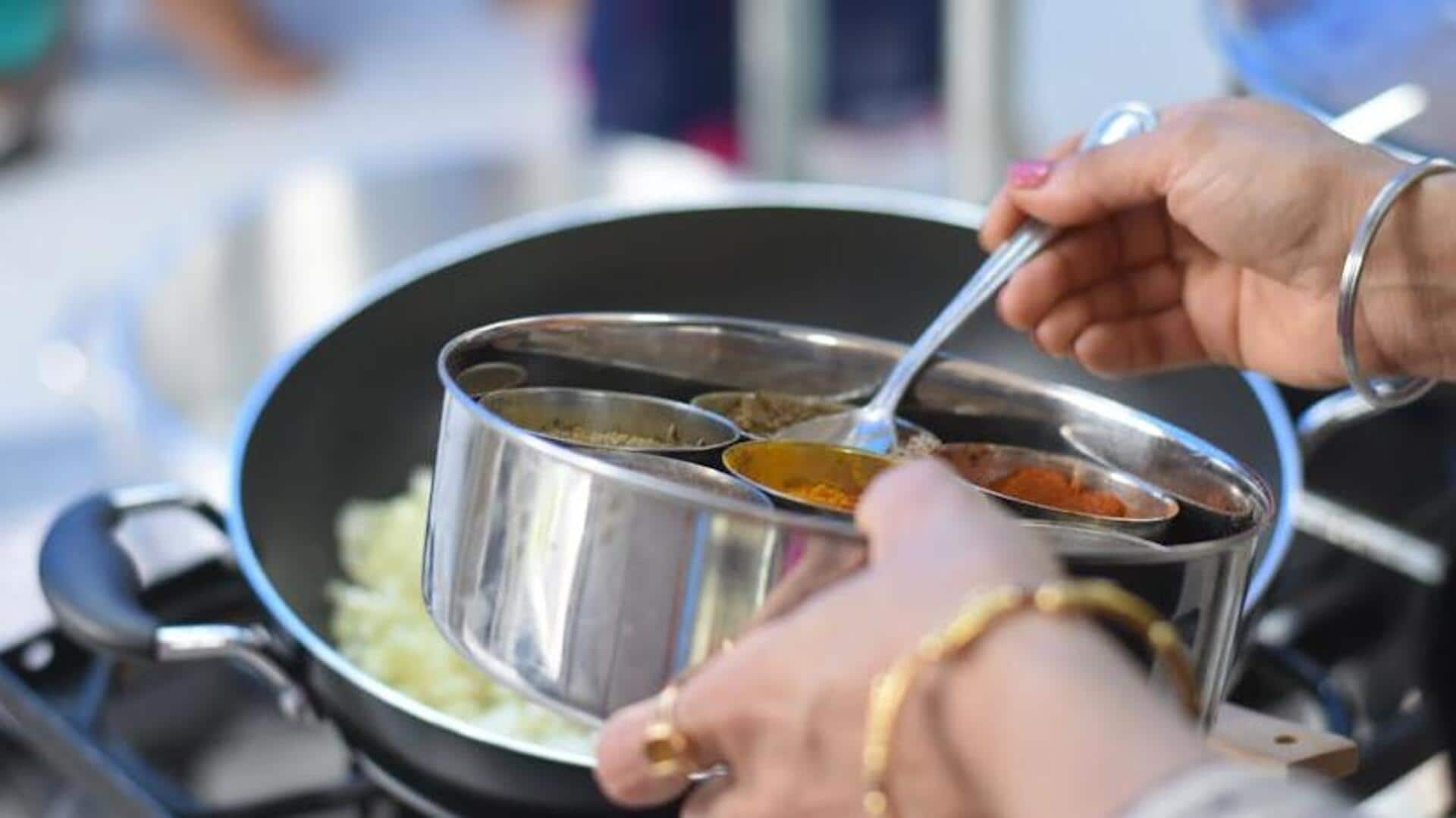
5 amazing culinary secrets of India you need to know
What's the story
India's culinary landscape is as diverse as its culture, providing a treasure trove of flavors and techniques. From the aromatic spices to the unique cooking methods, Indian cuisine is an amalgamation of tradition and innovation. Here, we explore five fascinating culinary secrets that make Indian food so distinctive and loved across the globe. Whether you're a seasoned cook or a curious foodie, these insights will deepen your appreciation for India's rich gastronomic heritage.
Spice blend
The magic of spices
Indian cuisine is famous for its spices, which are not only flavor enhancers but also healthy. From region to region, the art of blending spices, aka masala, varies. Each household usually has its own secret recipe for spice mixes like garam masala or sambar powder. These blends can contain as much as 20 spices, making for complex layers of flavor that characterize Indian dishes.
Tandoor method
Tandoor cooking technique
The tandoor is a clay oven used in Indian cooking that gives food its signature smoky flavor. It reaches temperatures of up to 480 degrees Celsius (900 degrees Fahrenheit), ensuring quick cooking while trapping juices and flavors. This method is typically used for baking bread such as naan and roasting vegetables, giving the dishes a distinct texture and taste.
Fermentation process
Fermentation practices
Fermentation has an indispensable place in several Indian foods, adding taste and nutrition to them. Foods like dosa batter are fermented overnight so that they acquire that signature tangy taste and soft fluffiness. Not only does it make food tasty, but it also makes nutrients easily absorbable, making fermented foods the cornerstone of the diet.
Ayurvedic principles
Ayurvedic influence on cooking
Ayurveda, India's ancient system of medicine, also influences Indian cooking practices to a great extent. It stresses on balance through diet by classifying food into six tastes: sweet, sour, salty, bitter, pungent and astringent. Meals are often planned to incorporate all these tastes to promote health and well-being as per one's body type or dosha.
Regional variations
Regional diversity in cuisine
India's vast geography gives rise to regional cuisines, each with its own ingredients and techniques. For example, coconut milk is common in South Indian dishes due to coastal influences, whereas mustard oil rules North-Eastern recipes, owing to local agricultural practices. Knowing about the regional differences enhances your experience as you explore the various facets within this multifaceted cuisine.